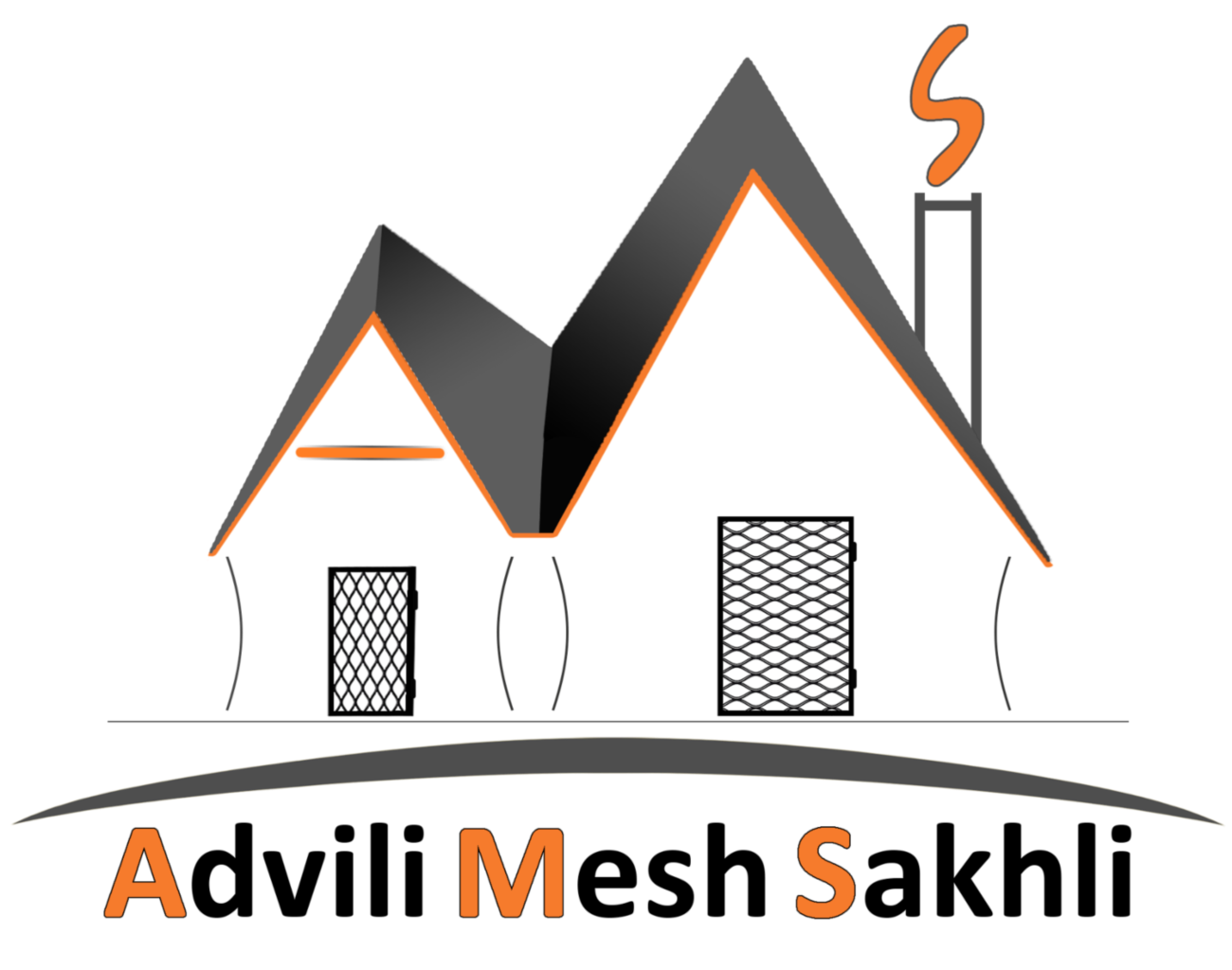Expanded metal is frequently used to make fences, walkways, and grates, as the material is very durable and strong, unlike lighter and less expensive[dubious – discuss] wire mesh. The many small openings in the material allow flow through of air, water, and light, while still providing a mechanical barrier to larger objects. Another advantage to using expanded metal as opposed to plain sheet metal is that the exposed edges of the expanded metal provide more traction, which has led to its use in catwalks or drainage covers.
Large quantities of expanded metal are used by the construction industry as metal lath to support materials such as plaster, stucco, or adobe in walls and other structures.
Expanded metal is also used by artists, especially sculptors, who use the material to form complex 3-dimensional surfaces and compound curves which can then be covered with plaster, clay, or other materials. For example, Niki de Saint Phalle made extensive use of expanded metal to support the curved surfaces of large-scale architectural sculptures in her Tarot Garden sculpture garden, in Tuscany, Italy.
A similar material made of stiff sheets of paper or cardboard is used as a low-cost cushioning and packaging material.
In contemporary architecture, expanded metal has been used as an exposed facade or screen material which can be formed into simple or complex decorative shapes. Photographic images may be printed on the surface, producing textures or large graphic images, which still allow light to filter through the exterior surface of a building.

